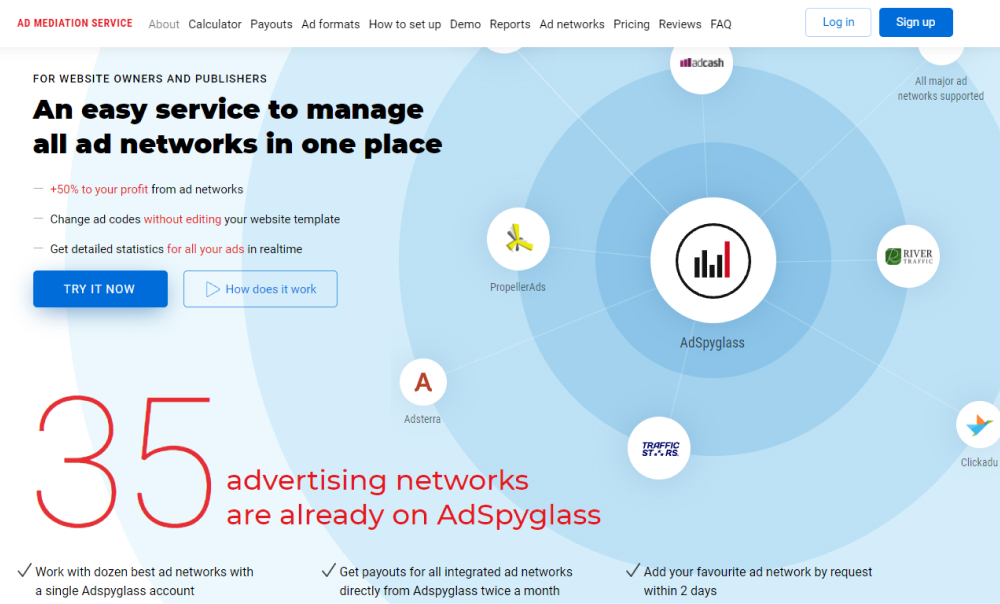PNG stands for “Portable Graphics Format” and refers to one of the most frequently used uncompressed raster image formats on the web. It was mainly created for replacing the GIF or Graphics Interchange Format. The PNG image format has no copyright limitations and can be freely used to display transparent backgrounds like its predecessor GIF.
Also, the PNG files also can keep the 24bit RGB color palettes and grayscale images, which makes it just a perfect format for transferring the images on the Internet.
The PNG also has some advantages compared to the JPEG, as in that case, the compression is lossless, so the file won’t lose in quality each time it’s opened and saved. Additionally, that’s a great format for displaying detailed and high-contrast images.
All these qualities make PNG the exact format that can be used for screenshots – because of its pixel-to-pixel ability to display the screen.
Main cases of use the PNG format:
- Detailed photos with line art: drawings, comics or any other illustrations
- Photos of the text or scan copies, including the handwritten letters or newspaper articles
- Any images that contain the text (due to its pixel-to-pixel ability)
- Various graphs, logos and charts (because of its lossless abilities)
- Architectural plans or blueprints (as it can perfectly represent the sharp edges and solid colors)
